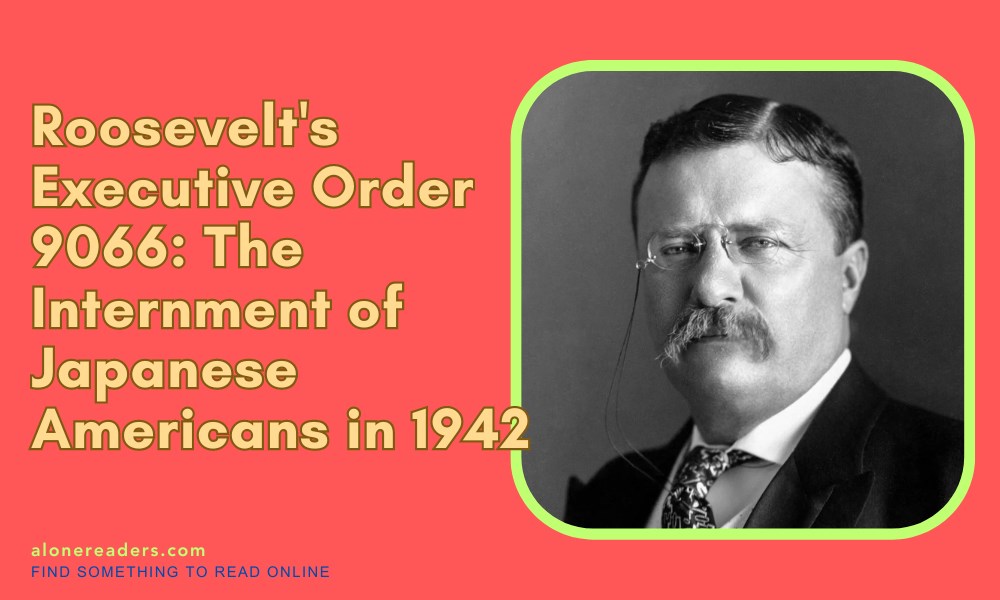
In the early months of 1942, in the midst of World War II, President Franklin D. Roosevelt signed Executive Order 9066, a decision that profoundly impacted the lives of Japanese Americans. This executive order authorized the forced relocation and internment of approximately 120,000 Japanese Americans, two-thirds of whom were U.S. citizens. The order was a response to the heightened fears and suspicions that gripped the United States following the Japanese attack on Pearl Harbor on December 7, 1941.
The attack on Pearl Harbor was a pivotal moment in American history, catapulting the United States into World War II. The immediate aftermath saw a surge of paranoia and racial prejudice against Japanese Americans, driven by a widespread belief that they might act as spies or saboteurs for Japan. This sentiment was not based on any concrete evidence but rather on longstanding racial biases and wartime hysteria. Influential political and military leaders, including General John DeWitt, who was responsible for the defense of the West Coast, advocated for drastic measures to prevent any potential threats.
On February 19, 1942, Roosevelt issued Executive Order 9066, granting the Secretary of War and military commanders the authority to designate military areas from which any or all persons could be excluded. Although the order did not explicitly mention Japanese Americans, it was clear that they were its primary target. The government quickly established exclusion zones along the West Coast, where the majority of Japanese Americans lived, and began the process of their forced removal.
Japanese American families were given as little as 48 hours to evacuate their homes, businesses, and farms. They were allowed to bring only what they could carry, leaving behind their homes, possessions, and livelihoods. The forced relocations disrupted communities, destroyed businesses, and tore families apart. Many Japanese Americans were taken to temporary assembly centers—often fairgrounds or racetracks—where they lived in cramped, makeshift conditions until they were transferred to more permanent internment camps.
The internment camps, also known as relocation centers, were located in remote and desolate areas of the United States, such as the deserts of Arizona and the swamps of Arkansas. The largest camps included Manzanar, Tule Lake, Heart Mountain, and Topaz. Life in these camps was harsh and dehumanizing. Families were housed in small, overcrowded barracks with minimal privacy and inadequate facilities. The camps were surrounded by barbed wire and guarded by armed soldiers, creating a prison-like environment.
Despite these conditions, Japanese Americans sought to maintain a sense of normalcy and community within the camps. They established schools, newspapers, and recreational activities. Many young men volunteered for military service, seeking to prove their loyalty to the United States. The 442nd Regimental Combat Team, composed almost entirely of Japanese American soldiers, became one of the most decorated units in the history of the U.S. military.
The internment of Japanese Americans was justified by the government as a necessary measure for national security. However, subsequent investigations revealed that there was no evidence of espionage or sabotage by Japanese Americans. The internment was largely driven by racial prejudice and wartime hysteria rather than any legitimate security concerns. This realization led to growing criticism and legal challenges against the internment policy.
In 1944, the U.S. Supreme Court upheld the constitutionality of the internment in the landmark case of Korematsu v. United States, citing the need to protect against espionage. However, this decision was controversial and has been widely criticized in the years since. It wasn't until 1983 that the government acknowledged the injustice of the internment when a congressional commission concluded that the internment was a grave injustice motivated by racial prejudice, wartime hysteria, and a failure of political leadership.
The legacy of Executive Order 9066 and the internment of Japanese Americans is a somber chapter in American history. In 1988, President Ronald Reagan signed the Civil Liberties Act, which formally apologized for the internment and provided reparations to surviving internees. The act recognized that the internment was a violation of fundamental human rights and a betrayal of American ideals.
Today, the internment of Japanese Americans serves as a stark reminder of the dangers of racial prejudice and the fragility of civil liberties in times of crisis. It underscores the importance of protecting the rights of all individuals, regardless of their race or ethnicity, and the need for vigilance against the abuse of government power. The story of Japanese American internment is a testament to the resilience and strength of those who endured it and a cautionary tale for future generations.